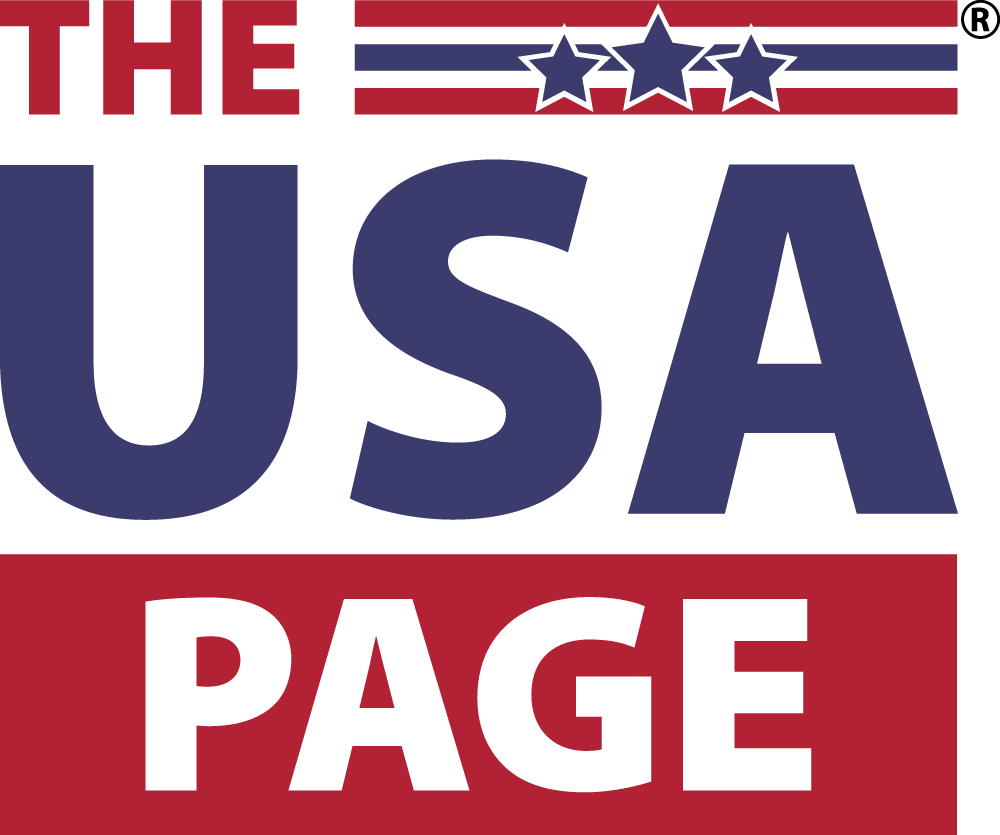If you’ve ever read the back of a candy or cereal package, you might have noticed ingredients like “Red No. 40” or “Yellow No. 6.” These are part of a family of petroleum-based dyes that are in many types of food, and the target of United States Secretary of Health and Human Services Robert F. Kennedy, Jr.’s new plan to phase out artificial dyes by the end of 2026.
The news follows a ban on Red 3 earlier this year, a Food and Drug Administration (FDA) approved dye. This and the other six remaining dyes and two food colorings in question have been linked to health problems, such as cancer in animal studies and behavior issues in children.
On Tuesday, Kennedy stated at a press conference that he’s come to an “understanding” with the FDA, whose commissioner Marty Makary also shared that the agency would eliminate synthetic dyes by the end of next year. In a news release on April 22, the FDA called the “series of new measures” a “significant milestone” toward Kennedy’s initiatives as part of his “Make America Healthy Again” (MAHA) campaign. However, there wasn’t an official ban announced, but more of a promise.
According to the press announcement, the plan is “to revoke authorization for two synthetic food colorings—Citrus Red No. 2 and Orange B—within the coming months” and to “[work] with [the] industry to eliminate six remaining synthetic dyes—FD&C Green No. 3, FD&C Red No. 40, FD&C Yellow No. 5, FD&C Yellow No. 6, FD&C Blue No. 1, and FD&C Blue No. 2—from the food supply by the end of next year.”
Why is the use of artificial dyes concerning?
Kennedy says, “For too long, some food producers have been feeding Americans petroleum-based chemicals without their knowledge or consent. These poisonous compounds offer no nutritional benefit and pose real, measurable dangers to our children’s health and development. That era is coming to an end. We’re restoring gold-standard science, applying common sense, and beginning to earn back the public’s trust. And we’re doing it by working with industry to get these toxic dyes out of the foods our families eat every day.”
The FDA shared in their announcement that six synthetic dyes are of concern because they are “petrochemical-based” and instead of continuing to use them, food companies should be considering natural alternatives. Polish researchers in 2021, for example, deemed synthetic blue dyes as potentially toxic but found that natural blue dyes could offer potential health benefits.
The dyes in question make some orange peels bright orange; some sports drinks blue, red or yellow; and around 36,000 other foods a variety of hues. While no research has directly connected dyes to causing cancer in humans, some advocates are pointing to increases in cancers such as breast, uterus, colon and rectal, pancreas, kidney and liver cancers identified in a report from the National Cancer Institute.
Will the promise to phase out artificial dyes be fulfilled?
Whether an official ban of these latest dyes will occur remains to be seen. But, this type of momentum can sometimes lead to statewide laws and bans, such as West Virginia banning seven of the dyes, announced at the end of March. In addition, Arizona, Utah and Virginia have banned seven dyes from foods served in schools, and dozens of other states are at various stages of proposing legislation around dyes.
Nonetheless, in 1990, the FDA “delisted” Red 3 in a variety of beauty products citing health risks, but continued to approve its use in a multitude of consumer products, deeming the evidence of its harms insufficient. The official FDA ban on Red 3 didn’t happen until this year, even though it has been heavily restricted in other countries for years. Prior to the recent U.S. ban, the Center for Science in the Public Interest claimed the FDA had known Red 3 was a carcinogen since 1980.
What’s next?
Food, beverage and drug companies will likely now be scrambling to make a plan to phase artificial dyes out of their products. Some brands who have been early adopters of using petroleum-free dyes, like beet juice, might rest easy. For example, brands like Sweet Loren’s and UNREAL Snacks, which have presented dye-free alternatives to other dye-filled options, might have less to do now than brands selling foods like Takis or Gatorade. However, some anticipate pushback from these companies, so the future of dyes—and the promise to cut most of them completely—is still largely to be determined.
Regardless, this is a promising start to catch up with other countries who protect consumers—especially children, who are largely the marketing target of foods colored with artificial dyes—by using natural ingredients in their products in lieu of harmful dyes.
Photo by Suzanne Tucker/Shutterstock




